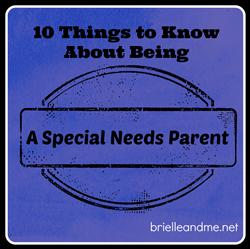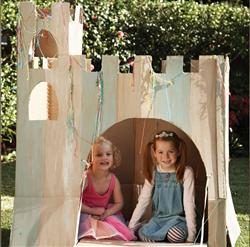Anger Management with Children
By Guest Blogger Juan Santos M.S., CRC, LCMHC
Anger is okay to experience. As a mental health counselor who works with kids, I I let them know that this emotion is natural and completely normal to feel. There is a pretty well-known movie, it’s called Inside “Out.” The movie does a wonderful job of showing how it is entirely normal to experience anger.
Anger is an emotion, just like happiness or sadness.
One of the most common errors that I notice parents make is in trying to tell their kids not to be angry. To simply shut down a natural feeling.
My hope is that this reading gives you as a parent insight into learning how to help your child with these emotions.
To help your child with anger, try to focus on three core steps. They include recognizing the triggers that lead to anger, understanding the core emotions of anger, and using coping skills to provide manage anger
Step 1
The first step aims to help your child get to know themselves a little bit better. They can build awareness in learning what typically provokes them to experience anger. Below is a list of common triggers or reasons that your child may experience anger.
- Parents are arguing.
- Not having someone to play with.
- Parents’ divorce.
- Parents are working too long and not having time to play.
- Not getting invited to a friend’s party.
- Not winning a game.
Step 2
A fun and interactive way to help your child develop an understanding of anger is by using the iceberg activity. Start by drawing on a sheet of paper an iceberg where the top of it is above water and the rest under the water level. Ask your child about the last time that they felt angry about something. Write what they say at the top. Now, try to spend time asking them what else they were feeling or experiencing during the moment. You can use the list of emotions below for them to select from.
- Hurt
- Frustration
- Shame
- Worry
- Fear
- Sadness
- Anxiety
- Embarrassment
- Disappointment
- Guilt
At this point, you have a full drawing. You should be able to see that at the very top of the iceberg is the loudest form of anger. This is what your child often shows to the world, such as yelling, hitting, or withdrawing from others.
Under the sea are all the deep feelings that your child experienced. What this tells you is that anger is much more than what we see. Learning how to use the iceberg exercise can help your child navigate anger in a healthy way.
Step 3
At this point, you have an idea of the common triggers or things that may cause your child to experience anger and the deep emotions that connect to the anger they are experiencing. In the final step, we are going to shift to identifying a coping skill that can help your child to express and navigate the anger in a healthy way.
This coping skill is focused on addressing thoughts that spike anger and often lead to unwanted behaviors. Anger is typically accompanied by bad or unwanted thoughts.
Encourage your child to think about the thoughts that they have when they are angry. If possible, try to have them write some of the common thoughts down. Now that you have the thoughts written down, focus on creating new thoughts dedicated to shifting the negative to a positive. Below are two examples that you can use for guidance.
- Negative thought: “I don’t like who I am.”
- Positive thought: “I like that I am creative.”
- Negative thought: “I’m stupid.”
- Positive thought: “I am amazing.”
The key to their journey of healing and growth is connected to the support that you as their parent, provide them.
Want to see more blogs like this and also get notifications on local events and happenings? Subscribe to our free weekly newsletters here.








Loved reading this! Thank you for posting!